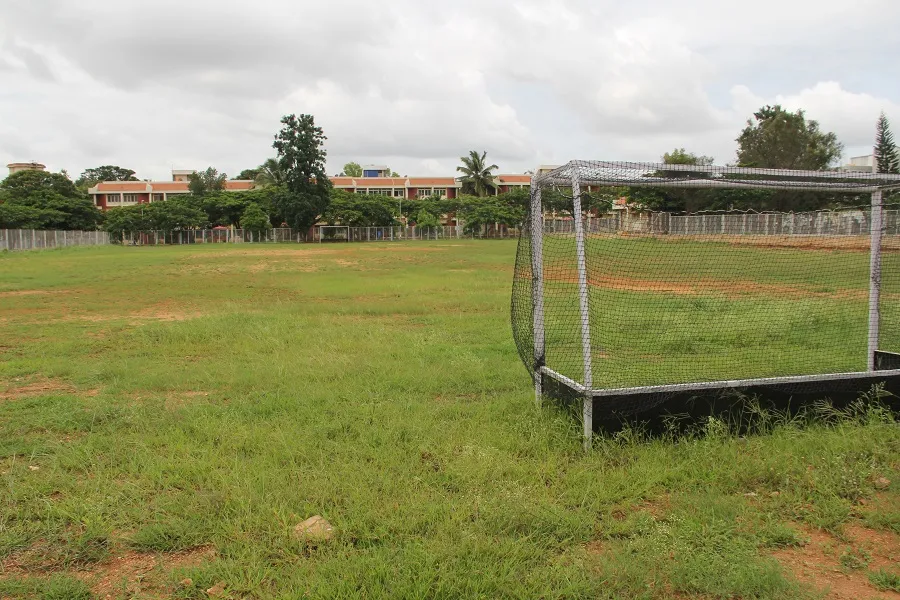Sports






SPORTS
THREE-TIER APPROACH PATHWAY –
The talent sports curriculum focuses on different aspects of sports education depending on the age of the student.
Pre-primary school:
- Fundamental movement skills development
- Fundamental movement skills from the basis for a variety of sports
Primary school:
- Multi-sports skills development
- Opportunity to multiple sports
Middle school and above sports proficiency:
- Opportunity to explore organized sports with the help of a coach.
- Sports-specific coaching.
- Talent identification development.
Why are Fundamental Movement Skills (FMS) Important:
- These are the basic building blocks for the overall development of Physical Education.
- Are critical for children to become competent in sporting activities.
- Without them, many children and youth choose to withdraw from sports.
Categories of FMS
FMS Include:
Locomotor skills: Consisting of total body movement
Stability skills: This includes the ability to sense a shift in the body and adjust for it.
Object Manipulation: A force given or received.
| Locomotor Skills | Stability Skills | Object Manipulation |
|---|---|---|
| Walking | Body rolling | Underhand throw |
| Running | Dodging | Overhand throw |
| Jumping | Balancing | Catching |
| Hopping | Bending | Kicking |
| Galloping | Stretching | Striking |
| Sliding | Twisting | Punting |
| Skipping | Turning | Dribble with feet |
| Leaping | Swinging | Dribble with hand |
| Chasing | Push & Pull | Volleying |
| Climbing | Rise/Stretch | Trapping |
Primary School:
- Multi Sports Skills Development
- Opportunity to take up multiple sports and develop the skills needed to excel in the selected sports.
Middle and High School:
- Sports Proficiency
- Opportunity to explore organized sports with the help of a coach.
- Sports-specific coaching.
- Talent identification development.
Monthly Physical Fitness Test Performance Table
Why do we do fitness tests?
The results of the fitness test can be used to:
- Identify strengths and weaknesses in performance.
- Compare against recognized standards.
- Monitor progress.
- Adapt training programs.
- Place athletes in the correct training group.
- Set targets/goals.
- Identify talent.


